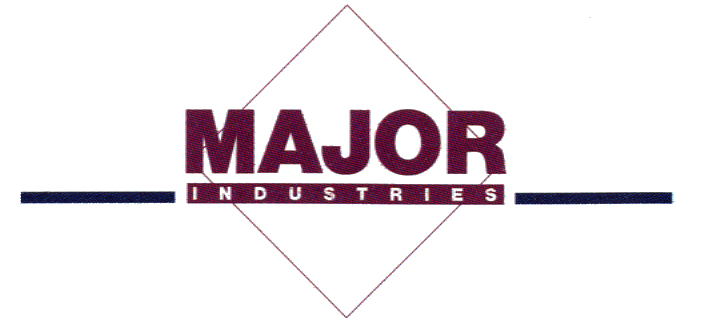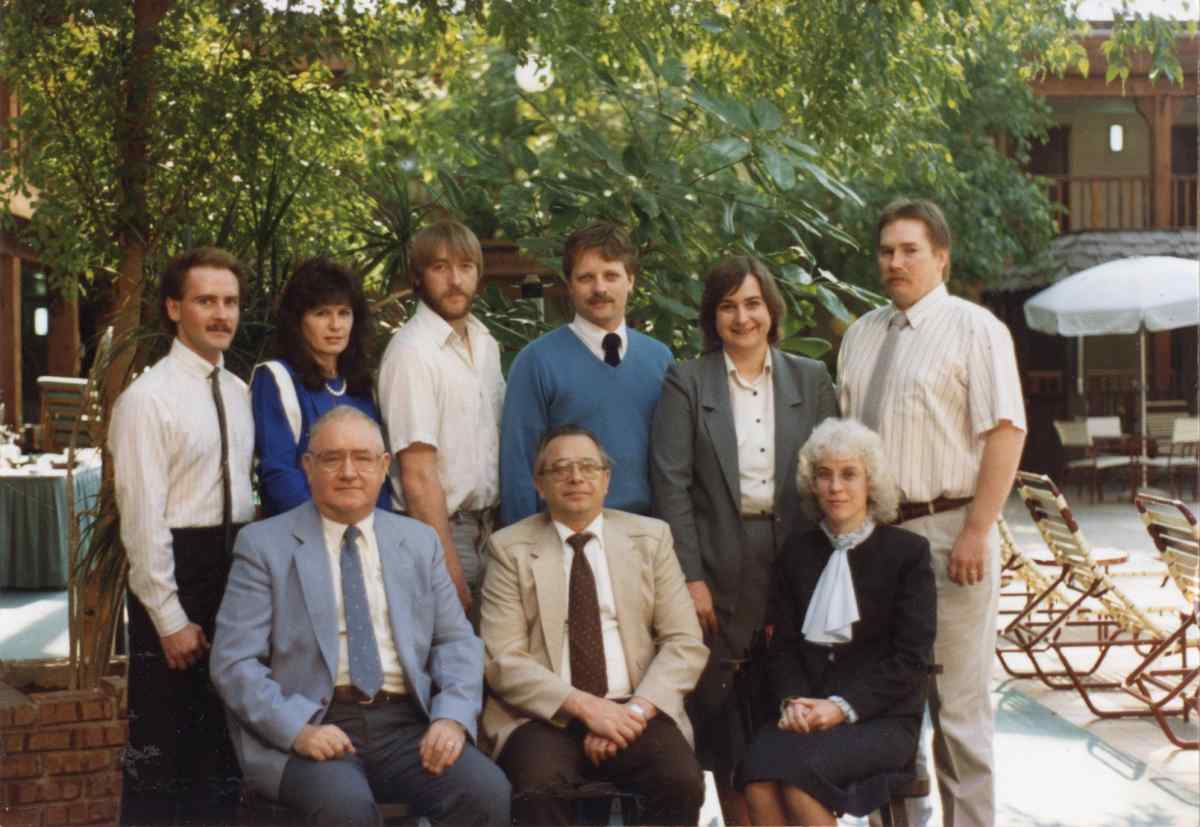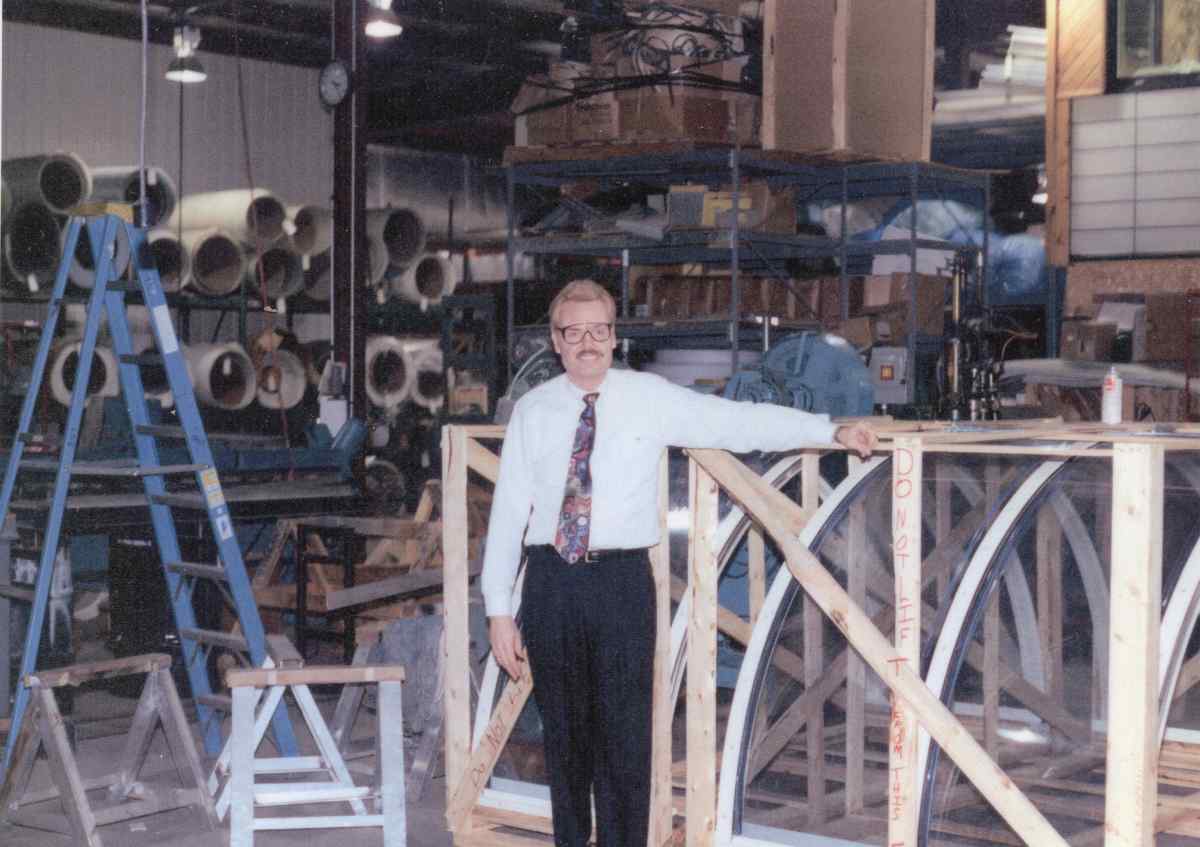Major Industries

The window industry of the twentieth century saw a number of major changes that came with the development of new materials and techniques for window making. Just as glass block walls in the 1930s and aluminum frames in the 1950s had blurred the separation between windows and walls, by the end of the 1970s, some window manufacturers started to consider using fiberglass.
In 1980, Major Industries was created to explore the possibilities of using fiberglass for windows. For the company's founder Edwin Jablonski, this was the latest in a line of window companies he had established, and he appears to have reused a name for a small fabrication shop he had in the 1960s, Major Manufacturing.

^ The Guardian 275 was (and continues to be) a mainstay of the Major Industries business, as the panels are flexible enough to be used as wall panels, skylights, or canopies.
Fiberglass panels were translucent enough to let natural light inside, while providing a barrier that kept out the elements and noise out. Like the glass block walls that had been popular a half century before, the fiberglass panels also gave the building a thoroughly "modern" look. But whereas glass blocks were limited to being bricked into a wall, these panels could be integrated into walls and ceilings to provide a flexible option for a variety of structures.
There were more than a few challenges in manufacturing fiberglass skylights, translucent panels, and wall systems, from a building in the Wausau West Industrial Park. As it was such a new product, builders and architects did not really know how to use fiberglass panels. And so Major Industries reached out to the few other companies making fiberglass systems to develop educational materials and set common standards to make them easier to adopt by architects and contractors.

^Staff of Major Industries, early 1980s. MCHS Jablonski Collection.
Major Industries quickly became one of the leading producers of skylights and translucent panels in North America, partially because there were only a few companies that were producing them. Seeing the need for cooperation across the new industry, Major helped to found an association of fiberglass manufacturers to help establish guidelines to standardize usage and to help educate the public (specifically architects and contractors involved in building) on the potential uses and advantages of fiberglass skylights and panels.

^ Wayne Toenjes, President of Major Industries (since 1993) on the floor of the shop in the 1990s.
In 1993, Wayne and Susie Toenjes bought Major Industries from Ed Jablonski (who went into a brief retirement). The new owners decided to focus on the fiberglass skylights and translucent wall systems (which led to the small aluminum window manufacturing portion of the company splitting off to become Republic Industries). And in the last 25 years Major Industries has continued to be a leader in the "daylight" industry.
The Major Industries facilities underwent additions in 1998, and again in 2001-2002. And in the last decade, the company has consolidated the market and introduced new products. In 2009 they purchased the line of translucent Lightbasic from Oldcastle Glass, which became a more affordable line of translucent panels.
Like many companies in the twenty-first century, the company has embraced the internet as an opportunity to work with customers and sell their products. Since Jablonski (understandably) did not consider the difficulty posed when using an online search engine to find "Major Industries," the company has adopted "Major Skylights" for their website url.
